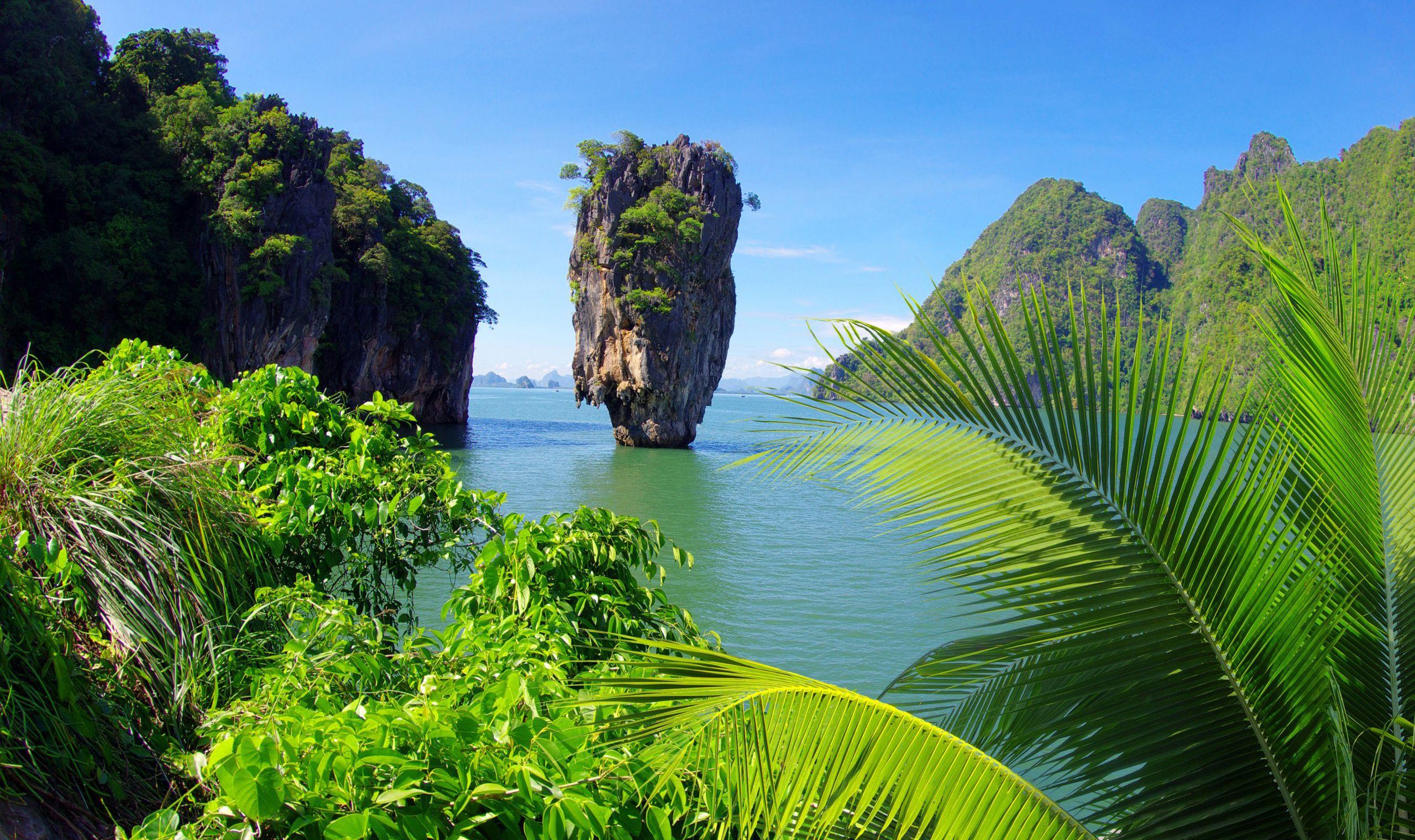Colombia is a nation kaleidoscoped with diversity, both in its people and in the breathtaking landscapes that span its territory. From rich indigenous heritages to lush Amazonian rainforests, the country possesses an array of unusual facets that beckon exploration. In this article, we shall delve into some intriguing and lesser-known facts about Colombia that highlight its cultural, natural, and unexpectedly curious elements.
1. Three Different Climate Zones in One Country
Colombia’s unique geography offers a stunning variety of climate zones within a relatively compact area. The country boasts three distinct climatic regions: the tropical lowland areas near the coasts, the temperate highlands in the Andean region, and the frigid conditions found in the peaks of the Andes above 3,500 meters. This climatic diversity allows for the cultivation of an extensive assortment of crops, from coffee in the highlands to bananas in the warmer coastal regions, showcasing the country’s agricultural prowess.
2. The Most Biodiverse Spot on Earth
Notably, Colombia recently claimed the title of the most biodiverse country per square kilometer, surpassing even large nations like Brazil and Indonesia. With around 59,000 species of plants and over 1,900 species of birds—far surpassing the avian diversity of the United States and Canada combined—the country’s varied ecosystems are vital reservoirs of global biodiversity. This abundance is partly attributed to Colombia’s varied climates, altitudes, and rich cultural efforts towards conservation.
3. A Cultural Melting Pot
Colombia is a tapestry woven from various threads of indigenous, African, and Spanish influences, creating a unique cultural identity. One of the most striking manifestations of this is seen in the country’s music and dance. Cumbia and vallenato, for example, are celebrated genres that showcase the African rhythmic traditions intertwined with indigenous melodies and Spanish instrumentation. The vibrant celebrations and music reflect the population’s rich historical amalgamation, fostering a culture that is both unique and familiar.
4. The Missing Link in the Great Migration
Another fascinating aspect of Colombia’s natural environment is the annual migration of the humpback whale. These majestic creatures travel between warm tropical waters of Colombia and cooler polar regions, specifically the coasts of Chile and Alaska. During the mating season, from July to November, visitors flock to Cartagena and the San Andrés islands to witness this remarkable spectacle. Colombia serves as an ecological bridge in this migratory pathway, offering insights into marine biodiversity.
5. Home to the Largest Salt Cathedral
The town of Zipaquira is home to the Salt Cathedral, a stunning piece of architecture carved into a giant underground salt mine. This remarkable site features three main chapels, each representing different stages of the Christian faith. The blend of natural beauty, geological wonder, and religious significance provides visitors with an awe-inspiring experience that is wholly distinct to Colombia. This landmark not only attracts tourists but also serves as a poignant reminder of the country’s mining tradition.
6. Colombia’s Unique Coffee Culture
Renowned for producing some of the world’s finest beans, Colombia possesses an intricate coffee culture unlike any other. The Coffee Triangle, comprising Manizales, Pereira, and Armenia, is the epicenter of this industry. Colombian farmers often adhere to traditional cultivation methods, focusing on quality and sustainability, which has resulted in a product celebrated for its distinctive flavor. Colombia’s coffee culture also transcends mere consumption; it fosters social gatherings, where coffee embodying artisanal craftsmanship plays a central role.
7. Gold that Captivated Empires
The legendary El Dorado story, reminiscent of an ancient tale of a golden kingdom, originated in Colombia. The Muisca people are said to have performed a ritual involving gold offerings to the gods on Lake Guatavita, evoking the imaginations of many European explorers. This has led to the exploration attempts fueled by greed and curiosity, but also a complicated history regarding the cultural appropriation of indigenous artifacts. Today, Colombia’s Golden Museum in Bogotá houses an impressive collection of pre-Columbian goldwork, reflecting the rich history and artistry of its original creators.
8. A Country of Festivals
Colombia erupts into celebration with an impressive array of festivals that offer deep insights into its cultural identity. Major festivals such as Barranquilla’s Carnival and the Bogotá International Book Fair attract thousands of participants, showcasing an ecstatic mix of music, dance, literature, and tradition. These gatherings are not only thrilling spectacles, but they also serve as vital community-building events, preserving and perpetuating Colombia’s cultural heritage.
9. The Coffee Snake – A Natural Anomaly
Perhaps one of the quirkiest elements of Colombia’s fauna is the Coffee Snake, a species found primarily in the coffee-growing regions. This non-venomous snake, which thrives in agricultural environments, particularly those rich in Arabica coffee plants, displays a striking pattern that blends seamlessly into its surroundings. This biological phenomenon exemplifies how local ecosystems adapt and co-evolve, highlighting a delicate balance between agriculture and wildlife.
10. The Enigmatic Lost City of the Tayrona
Hidden deep within the Sierra Nevada mountains lies Ciudad Perdida, an ancient Pre-Columbian city created by the Tayrona civilization around 800 AD. Often overshadowed by the Inca and Maya civilizations, this archaeological wonder predates Machu Picchu and offers a vivid glimpse into a sophisticated society long forgotten by time. Treks to the ruins unravel the mystery of the Tayrona people while illuminating the intricate architecture and agricultural practices that once flourished in this isolated terrain.
Each fact explored offers a glimpse into the multiplicity of Colombia’s essence, revealing a country that is as complex as it is beautiful. Whether through its biodiversity, cultural festivals, or unique histories, Colombia stands out as an unexpected but profoundly fascinating destination, inviting the world to experience its unparalleled charm. Indeed, to uncover Colombia is to discover a vibrant tapestry of culture, nature, and unusual curiosities that continuously enthrall explorers and inhabitants alike.










